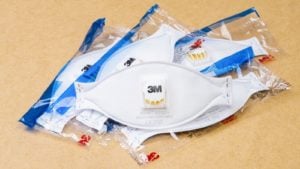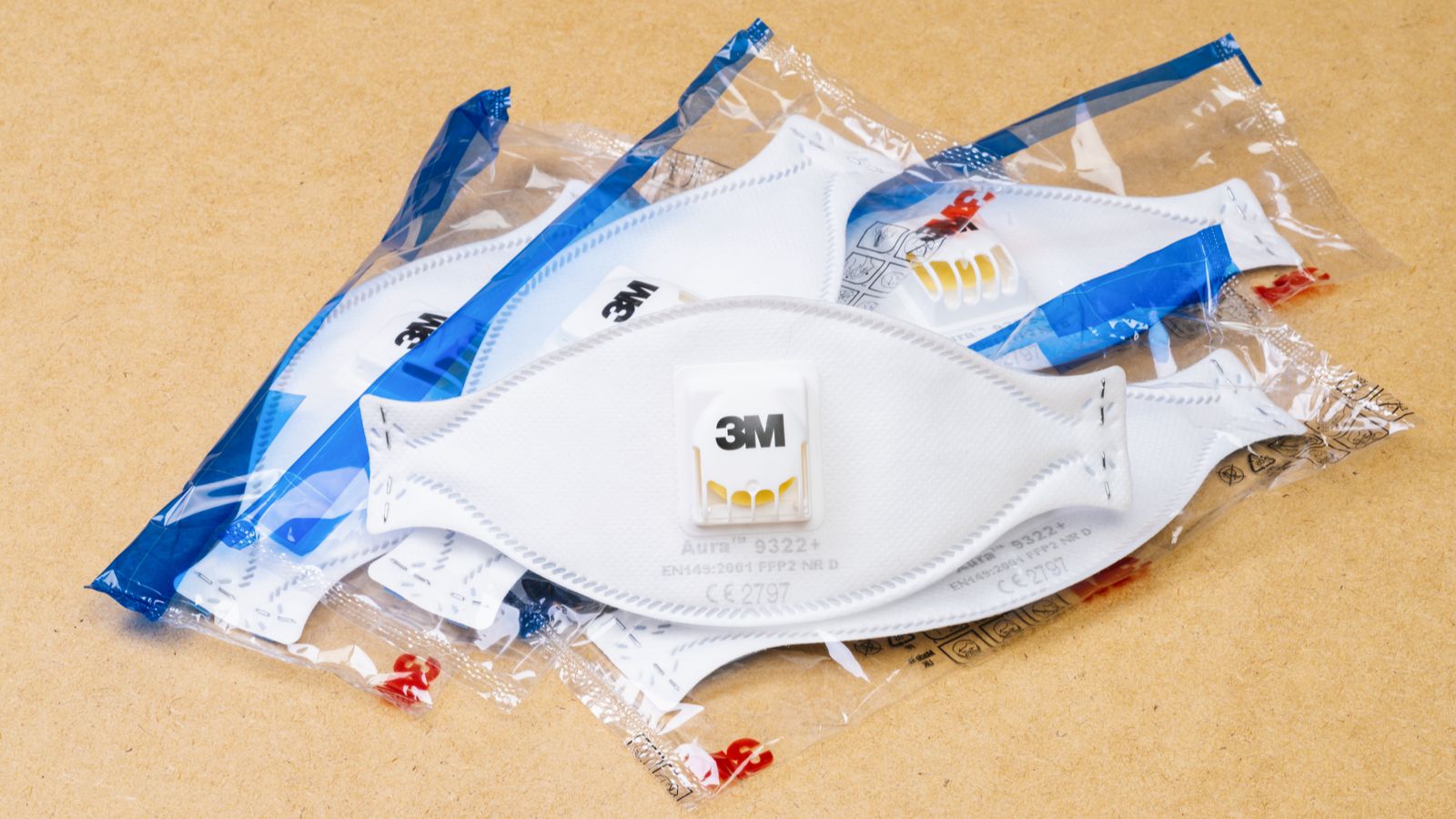When 3M Company (NYSE:MMM) posted strong earnings and revenue growth, the stock lost buying momentum. MMM stock is still highly correlated to the S&P 500, offering investors limited diversification against the broader market.

So, should investors buy the stock on expectations of strong respirator and mask sales in 2020?
The novel coronavirus is not going away fast enough. People will need personal protection equipment, while hospitals still face shortages.
MMM Stock Hurt by Buyback Suspension
3M said it would suspend its stock buyback to prioritize “organic investments and the dividend.” The capital allocation plan adjustment will keep income investors holding the stock for the long-term.
More importantly, the company is signaling a willingness to benefit society by increasing mask production without raising prices. Instead of seeking easy profits, 3M’s virtue will earn the company praise and respect over the longer term.
Beginning in January, 3M doubled its “global output of N95 respirators to 1.1 billion per year or about 100 million per month, including 35 million per month in the U.S.”
It also invested in the business to increase the annual production of masks. It will produce 2 billion units by the end of the year, starting with N95 respirator production at around 50 million a month in June. This is a 40% increase from current levels.
To help increase the supply of masks, 3M is collaborating with other sterilization companies to safely clean and reuse N95 respirators. When it announces an air-purifying respirator production increase, look for the stock to respond positively.
Higher Costs
3M said it would realize cost reductions of $350 – $400 million in the second quarter.
For example, it is targeting a few components of the cost structure. A decrease in indirect costs that are not payroll or raw material costs will improve profit margins. And just as other companies are doing, 3M implemented a hiring freeze, cut travel, temporary workers, and external services. These cuts should offset the negative impact the Covid-19 virus has in disrupting the business.
The company ended the quarter with $4.5 billion in cash and marketable securities. It has only $1.2 billion in debt maturing, so its strong liquidity should not concern investors.
In Q1, it bought back $365 million in shares. So with the stock buyback program suspended, the company has greater flexibility in increasing its capital expenditure. For the fiscal year 2020 period, 3M cut its cap-ex forecast to around $1.3 billion. It previously expected a range of $1.6 – $1.8 billion.
Risks
Sales dropping ~20% in America and down 15% in the emerging markets will lead to the weak second-quarter period. A single-digit increase in revenue in the Asia Pacific will not offset the near-term headwinds.
Globally, weak end-market demands in automotive OEM, discretionary health care, and commercial solutions and office supplies will concern shareholders.
At a P/E of 19 times, the stock may already reflect the expectations ahead. But with a margin of safety of 36%, value investors will want to consider investing in this conglomerate. The stock also scores a 92/100 on quality (for example, based on net margin, debt/equity). Its growth score could be better to justify the current P/E.
| Fair Value | $202.23 |
| Margin of Safety | 36% |
| Value Score | 74 |
| Growth Score | 62 |
| Quality Score | 92 |
| Sentiment Score | 79 |
Data Courtesy of Stock Rover
Your Takeaway
Analysts are mildly bullish on 3M with a $166.10 price target (per Tipranks). Conversely, based on future cash flow, shares are worth $178.00. Yet if the company suffers only one year of revenue decline, the stock is still worth ~$160. That assumes the following metrics as shown below.
| Metrics | Range | Conclusion |
| Discount Rate | 7.5% – 8.5% | 7.8% |
| Terminal Revenue Multiple | 3.3x – 4.0x | 3.5x |
| Fair Value | $140.50 -178.90 | $158.00 |
Data courtesy of finbox.io
Investors may assign a low-risk discount rate on 3M, given the company’s financial stability and low volatility. If revenue falls this year and then recovers by growing 2.2% annually over the next decade, then the stock is modestly undervalued.
Forecasting flat to positive growth this year would imply a sharply higher fair value. In that case, investors would get returns in the 10% range plus a dividend that yields 4%.
Disclosure: As of this writing, the author did not hold a position in any of the aforementioned securities.
